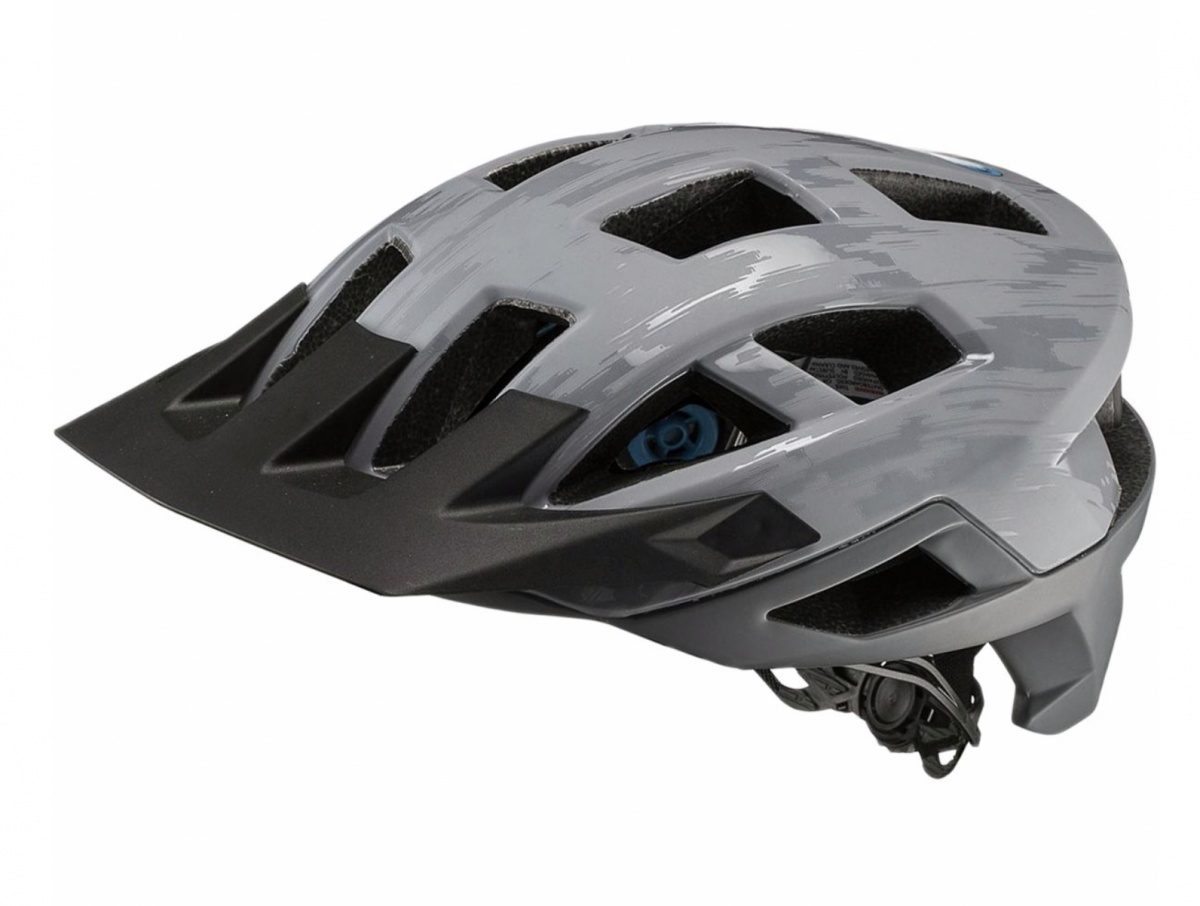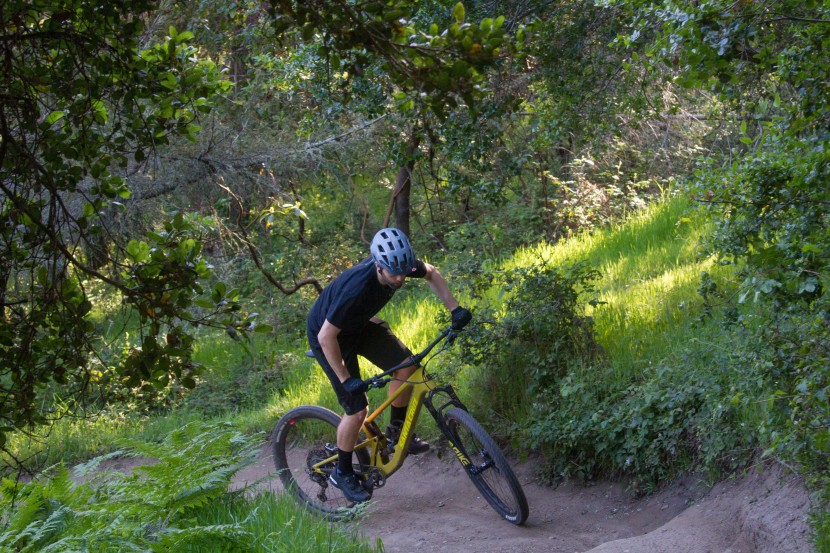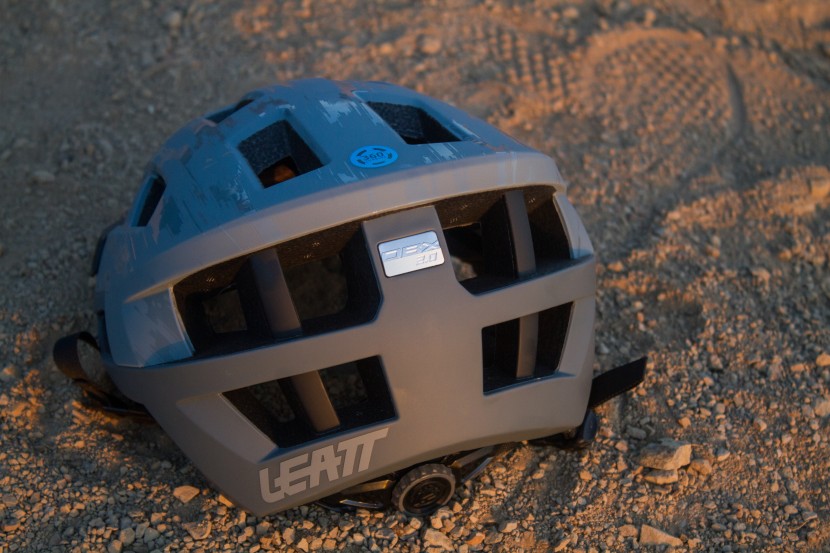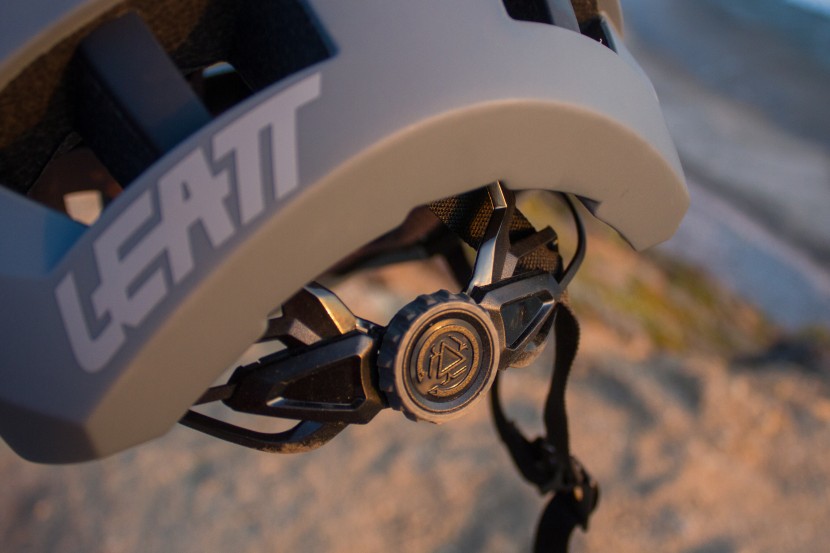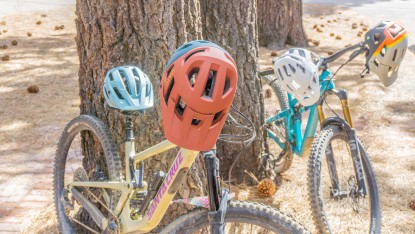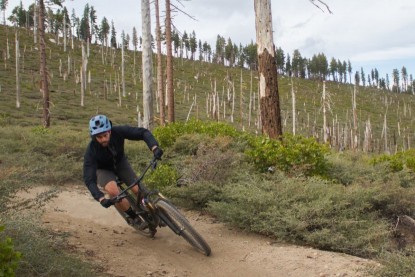Leatt DBX 2.0 Review
Our Verdict
Our Analysis and Test Results
For the 2022 model year, Leatt has changed the naming of their line of trail and all-mountain helmets. The DBX 2.0 we tested is now known as the MTB 2.0 Trail and it has also been given some cosmetic updates. -November 2021
With full lines of protective gear for both moto and cycling, we think it's safe to say that Leatt knows a thing or two about protection. They offer everything from gloves to neck braces to keep you safe out on the trail, and the DBX 2.0 is their budget-friendly, mid-range helmet for riders who aren't looking to splurge on the DBX 3.0. While this helmet doesn't pack the features of a top-shelf model, Leatt made sure to provide the essentials. It wasn't one of our favorite helmets in testing, but we found a lot to like.
Protection
Like its more-expensive counterpart, the DBX 3.0, the DBX 2.0 features Leatt's proprietary Turbine 360 rotational impact system. This clever system uses ten Armourgel rings placed in the interface between your head and the EPS shell to reduce rotational and direct impact forces on your head in the event of a crash. Leatt claims that Turbine 360 can reduce as much as thirty percent of direct head impact and up to forty percent of rotational acceleration to the head. We aren't in a position to comment on this system's effectiveness compared to other rotational impact systems on the market, but we can say that, with the helmet on your head, you can feel Turbine 360's effect by pressing on the EPS shell and twisting. We think that some kind of rotational impact system is a necessity for a modern mid to high-end helmet.
While we're happy that Leatt included Turbine 360 with the DBX 2.0, we don't think this helmet's protection stacks up with the best in our test otherwise. Much like the DBX 3.0, the 2.0 sits high on your head and doesn't provide great coverage for the back and sides of the skull. The most protective trail helmets these days wrap down the sides and rear of the head, providing more coverage than the DBX 2.0. Additionally, the 2.0 doesn't use multi-density EPS foam in the shell to aid in impact absorption. We did find the adjustable harness super-secure feeling, however, so we didn't have concerns about the shell slipping out of place in an impact or slide.
Comfort
Overall, the DBX 2.0 is a reasonably comfortable helmet. The adjustable harness has plenty of vertical and circumferential range to fit a wide variety of head shapes. The indexed dial system is easy to adjust to your head size, and a 4-position vertical adjustment allows you to drop the harness down lower on the back of your head for a more secure fit. The EPS shell is well-shaped and should fit a wide range of heads with no major pressure points.
We noticed a couple of minor issues in testing that detracted from this helmet's comfort score. First and foremost, we noticed that on long rides, the 360 Turbine inserts at the top of the head would create minor pressure points. This never caused any headaches in testing, but the pressure points were always at the edge of our consciousness. We noticed that if we loosened the harness slightly, it would ease the pressure, but we preferred to keep the fit tight and secure. Additionally, much like the DBX 3.0, we had problems adjusting the 2.0's straps to keep them from contacting our ears and becoming a nuisance over the long haul.
Ventilation
Despite its small vents, the DBX 2.0 is a surprisingly airy helmet. This is one category in which this budget-friendly helmet hung tough with some of the flagship models we tested. The vents are small, but they are numerous. In total, this model has 20 breeze-eating ports, including two front-to-back channels in the EPS foam that run from the forehead to the back of the helmet.
Out on the trail, this helmet feels light and airy on your head. The lightweight design combined with substantial ventilation meant we didn't have any issues with sweat drips running down onto our sunglass lenses, and the minimal interior padding keeps the helmet from feeling stifling at low speeds when airflow is minimal. While the small vents don't promote airflow as well as the best models we tested, we were pleasantly surprised at what the DBX 2.0 offers for the price.
Features
As a mid-range offering, the DBX 2.0 doesn't include some of the niftier features available today, but it does cover the basics that we would expect from a quality trail helmet. Chief among the DBX 2.0's features in our eyes is the 360 Turbine rotational impact system. Just a few years after their introduction, rotational impact systems like 360 Turbine are quickly becoming a must-have for any mountain bike helmet worth its salt. Additionally, this model has a dial-adjust harness system that offers easy vertical and circumferential fit tuning.
Beyond the basics, the 2.0 lacks many frills. The visor is fixed in place. There are no channels for eyewear storage or to fix your goggle strap in place. The strap-splitters are fairly basic and struggle to keep straps clear of the ears, and the EPS shell is constructed with single-density foam. We wouldn't expect the mid-range DBX 2.0 to have some of the more extravagant features found on some helmets today, but we do feel that some basic additions could make it a more well-rounded package.
Weight
The DBX 2.0's super light weight is its crowning feature. Tipping the scales at just 351 grams, or 12.4 ounces, it is one of the lightest helmets we tested. The only helmet in the test that posted a lighter weight on our kitchen scale was the Editors Choice Specialized Ambush with ANGi, and the DBX 2.0 comes in 60 grams lighter than our Best Buy winner, the Giro Chronicle. With such a low weight, this helmet makes for a great budget option for cross country racers or those who are looking to slim down their kit.
Durability
Leatt did a great job designing the DBX 2.0 to last the long haul. Despite its low price tag, we think it's right up there with the best helmets in the test durability-wise. The outer shell is fused to the EPS in the mold, leaving no chance for the two pieces to separate over time, and the mounting points for the straps and harness are molded into the EPS. The polycarbonate shell leaves no EPS exposed to be chipped away or crumble over time.
Our only durability concern with this helmet came from the visor, which is designed to break off in the event of a crash. It's a little bit brittle, and we worry that it might fail to live up to the rigors of life as a helmet. A helmet should be replaced after every crash, but we're well aware that even without crashes or significant impacts, a mountain bike helmet can take a beating. Whether it's a brush with trailside branches, a poor car packing job, or a tumble on the garage floor, these things tend to get put through the wringer. Because it's a safety feature, we didn't let our thoughts on the visor affect our durability score for the DBX 2.0, however.
Value
We found a lot to like about the DBX 2.0, and with a wallet-friendly price tag that's among the lowest in our test, we think it's a good value. It didn't quite match up with the best value in our test, the Giro Chronicle, but we think it's a good buy regardless. If you value a lightweight kit and like Leatt's 360 Turbine system, this helmet is well worth a look.
Conclusion
We enjoyed our time with the DBX 2.0 and think that Leatt has come up with a quality mid-range product. We appreciate that they didn't skimp on the protective features. Ultimately though, we don't think the DBX 2.0 matches up with the best value buys in our test.


